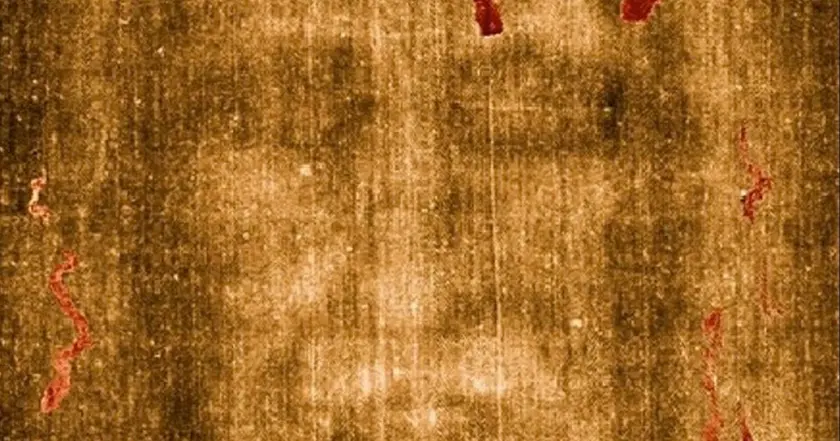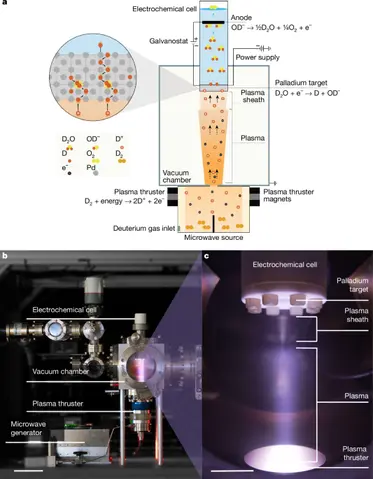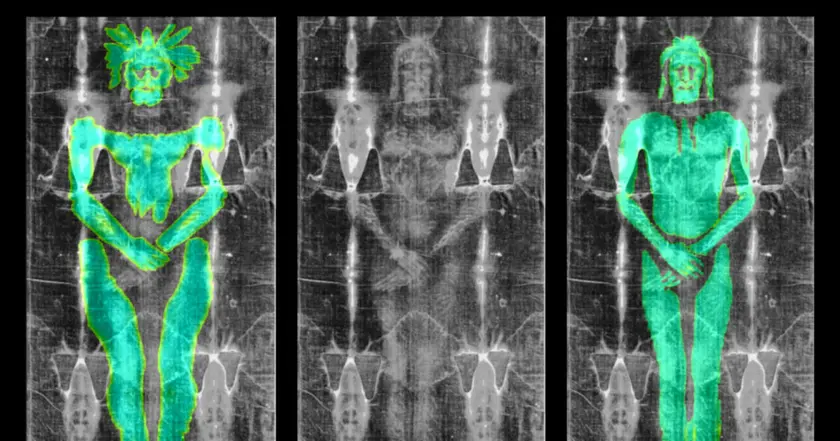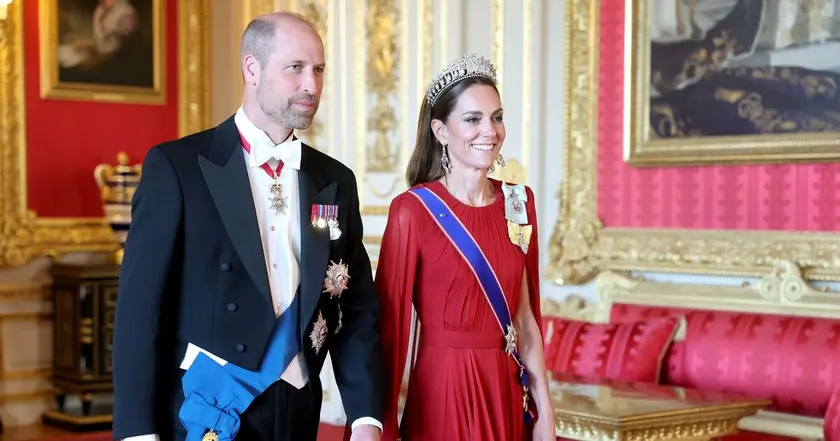T4K3.news
Shroud blood type debate sparks renewed scrutiny
New claims about blood type AB and dating tests renew questions about the Shroud of Turin.

New claims about the Shroud of Turin raise questions about ancient blood evidence and dating methods.
Shroud Blood Type Debate Highlights Gaps Between Science and Faith
In the 1980s radiocarbon dating placed a medieval origin on the Shroud of Turin. Supporters of its authenticity argue that the dating covered only a corner patch and may not reflect the original cloth. Proponents of a more extraordinary reading point to reports that AB blood was present on the fibers and to tests from the 1990s that support a human blood signature. They also note the Sudarium of Oviedo is linked by some to the same blood type. The debate sits at the intersection of forensic science and biblical narrative, and it plays out in interviews and online discussions rather than in quiet laboratories alone.
Skeptics warn that the blood type claim could be swayed by contamination, degradation, or testing artifacts. Immunologist Kelly Kearse has said the methods risk false positives without strict controls. Others argue that yet more work is needed, since the original linen has never been proven to match the dated corner patch, and the image on the fabric remains a puzzle. Some researchers point to a possible energy based mechanism to create the faint imprint, a theory that many scientists view as speculative. The result is a fragmented picture with no clear consensus.
Key Takeaways
"The image is two microns thick and does not penetrate the cloth"
A description of the Shroud image used in the debate
"Only a corner patch was dated not the original cloth"
A critique of the radiocarbon dating scope
"Independent replication is the only test that matters"
Editorial call for verification
"You would have to actually kill someone to reproduce the shroud"
Dr Johnston on reproduction challenges
The Shroud case shows how science and belief pull at the same artifact. A relic carries cultural weight that can outpace laboratory chatter. When new claims surface through media interviews or dramatic language, readers may mistake hypotheses for facts. The challenge for editors is to separate verification from sensation and to demand open data and independent replication.
Beyond the Shroud, the episode tests how science is communicated to the public. If claims rest on limited samples or setups without robust controls, trust can erode. The community should demand transparent methods and data, and editors should resist sensational framing. The outcome matters beyond the artifact, touching faith communities and the way history is understood.
Highlights
- The image is two microns thick and does not penetrate the cloth
- Only a corner patch was dated not the original cloth
- Independent replication is the only test that matters
- You would have to actually kill someone to reproduce the shroud
Shroud debate raises sensitive issues
The discussion blends science with religious belief and could spark backlash or misinterpretation if data and methods are not clearly and transparently presented. The topic touches public sentiment as well as scholarly credibility.
Science and faith continue to wrestle with mystery while scrutiny remains the guiding principle.
Enjoyed this? Let your friends know!
Related News

Benchtop fusion claim draws science interest

Discussion around sunscreen safety intensifies

Miss Universe chief blue eyes remark stirs pageant debate

New study challenges authenticity of Shroud of Turin

New Evidence Disputes the Shroud of Turin's Authenticity

Earendel may be a star cluster not a lone star

Celebrity weight loss and family milestones

GMB star criticized for royal remarks
